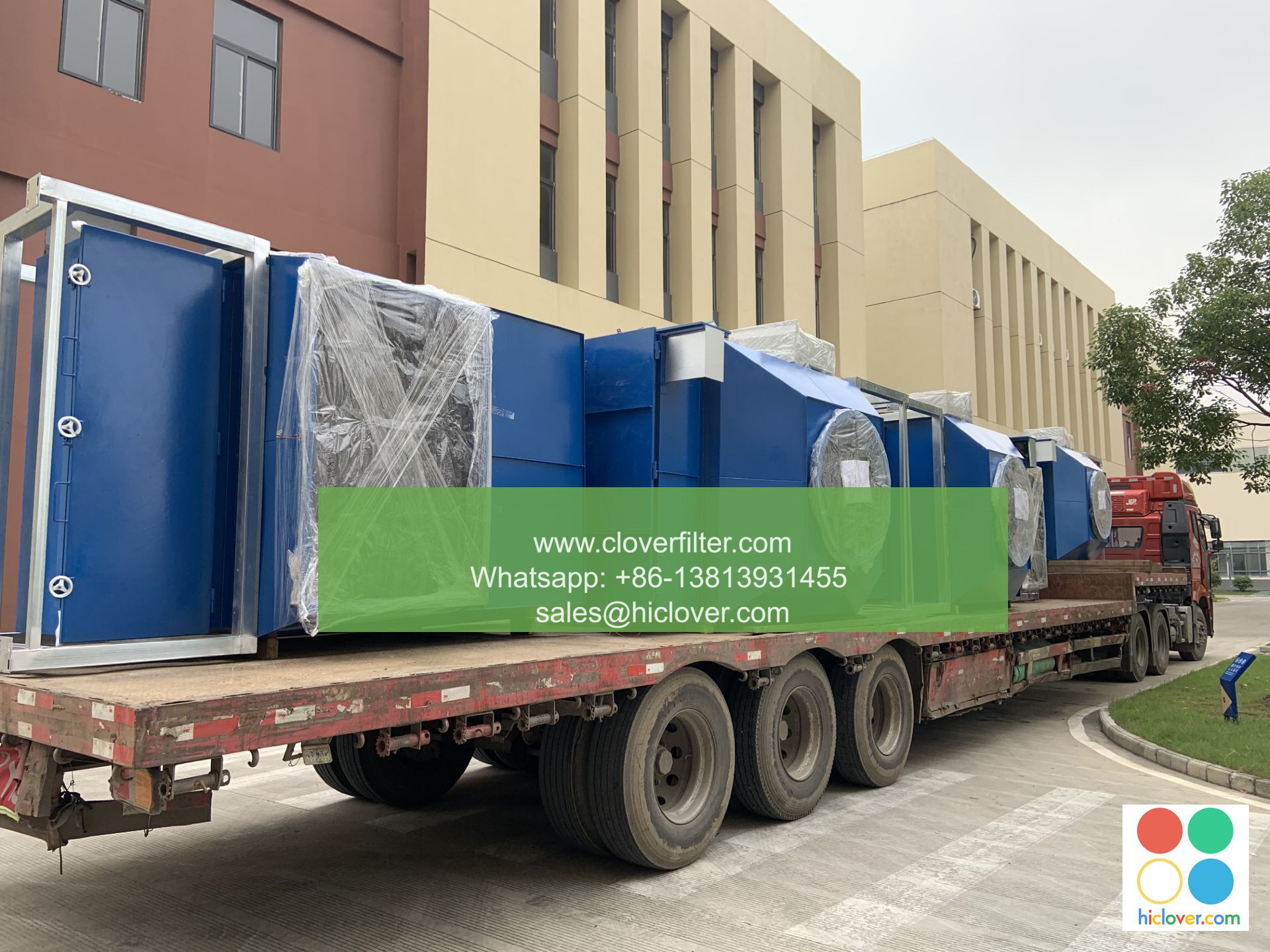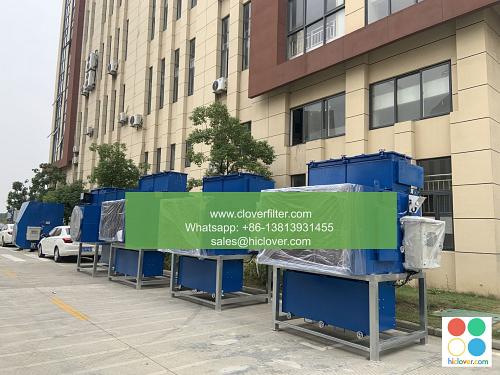The Difference Between HEPA, Activated Carbon, and Standard Air Filters

The Quest for Cleaner Air: Understanding the Differences between HEPA, Activated Carbon, and Standard Air Filters
Are you tired of breathing in stale, polluted air? Do you struggle with allergies, asthma, or other respiratory issues? The key to a healthier indoor environment lies in the type of air filter you use. With so many options available, it can be overwhelming to choose the right one. In this article, we’ll delve into the differences between HEPA, activated carbon, and standard air filters, exploring their strengths, weaknesses, and ideal application areas.
What are HEPA, Activated Carbon, and Standard Air Filters?
Before we dive into the details, let’s first define each type of filter:
- HEPA (High Efficiency Particulate Air) Filters: These are high-performance filters designed to capture 99.97% of particles as small as 0.3 microns, including dust, pollen, pet dander, and other airborne allergens.
- Activated Carbon Filters: These filters contain activated carbon, a form of activated charcoal that captures impurities, odors, and gases, neutralizing unpleasant smells and reducing volatile organic compounds (VOCs).
- Standard Air Filters: These are basic filters designed to capture larger particles like dust, hair, and other debris, but are not as effective against smaller pollutants or allergens.
When to Choose Each Type of Filter
Now that we know the basics, let’s explore when to opt for each type of filter:
- HEPA Filters: Ideal for:
- Homes with severe allergy or asthma sufferers
- Hotel or hospital rooms with high air pollution
- Areas with high levels of particulate matter (PM)
- Activated Carbon Filters: Optimal for:
- Smoky environments or areas with strong odors
- Homes with pets or strong chemical fragrances
- Commercial spaces with high levels of VOCs
- Standard Air Filters: Suitable for:
- Basic, low-maintenance applications (e.g., in rooms with minimal pollution)
- Older or less complex air purification systems
- Areas with moderate air quality
Key Features to Consider
When selecting the right air filter, consider the following crucial factors:
- CADR (Clean Air Delivery Rate): The speed at which a filter can capture pollutants and pollutants.
- MERV (Minimum Efficiency Reporting Value): A standard measure of a filter’s ability to capture particles of a certain size.
- Filter Material: The type of material used, such as HEPA, activated carbon, or synthetic fibers.
- Filter Size and Dimensions: Ensure the filter is the right size for your air purification system.
Conclusion
Choosing the right air filter is crucial for maintaining a healthier indoor environment. By understanding the differences between HEPA, activated carbon, and standard air filters, you can make an informed decision for your specific needs. Whether you’re dealing with allergies, asthma, or simply seeking a fresher, cleaner air, the right filter can make all the difference. Remember to consider CADR, MERV, filter material, and filter size when selecting the perfect air filter for your needs.
I’m happy to help! What would you like to talk about or ask? I’m here to assist with anything on your mind.

